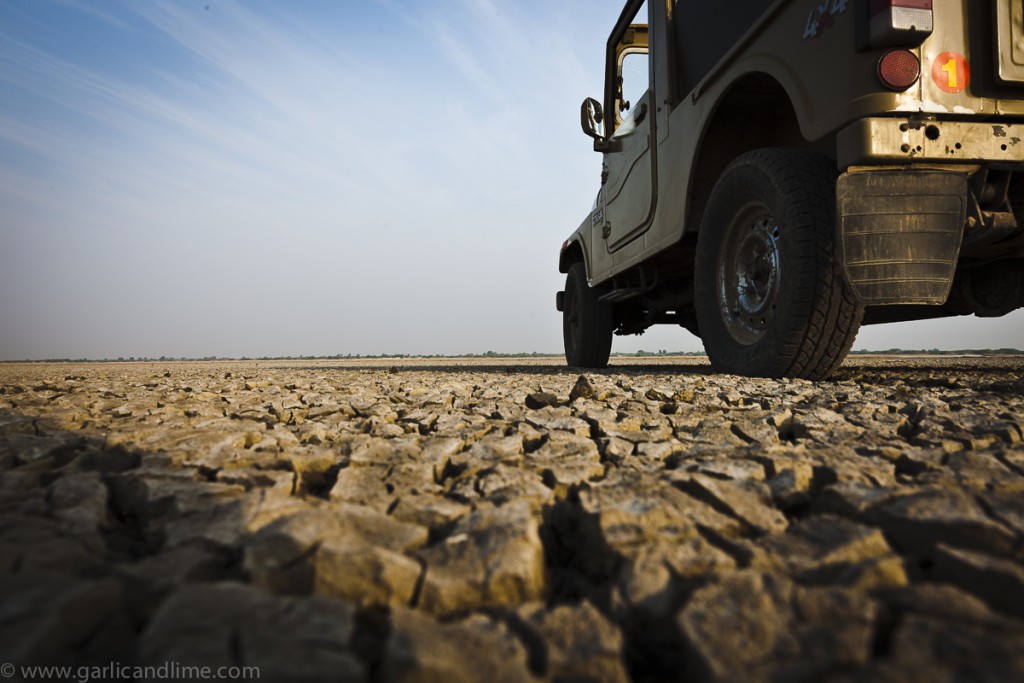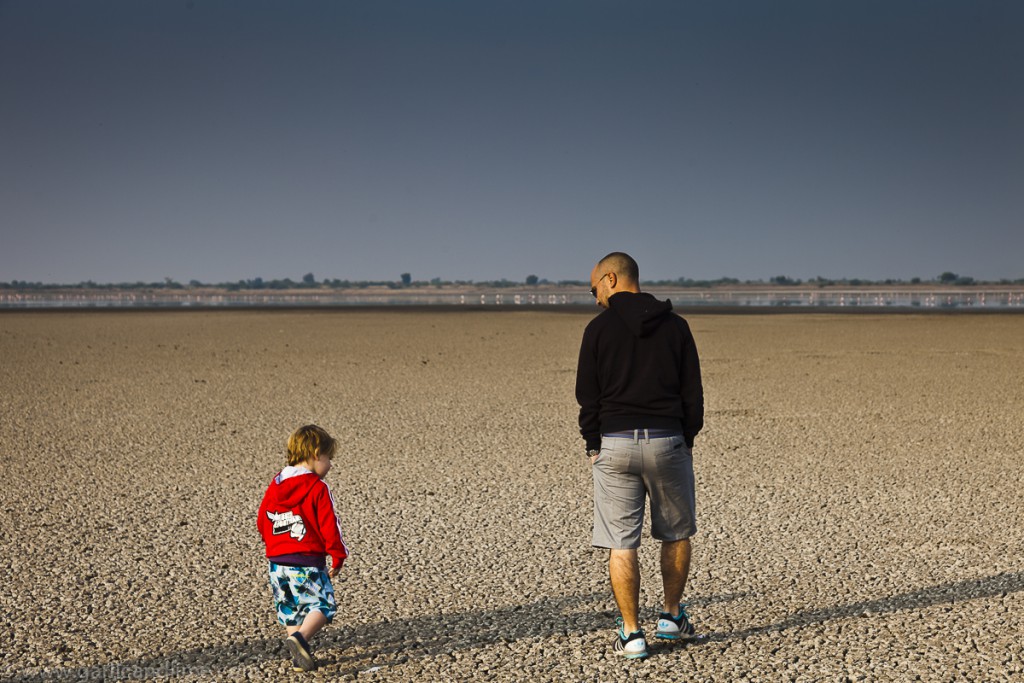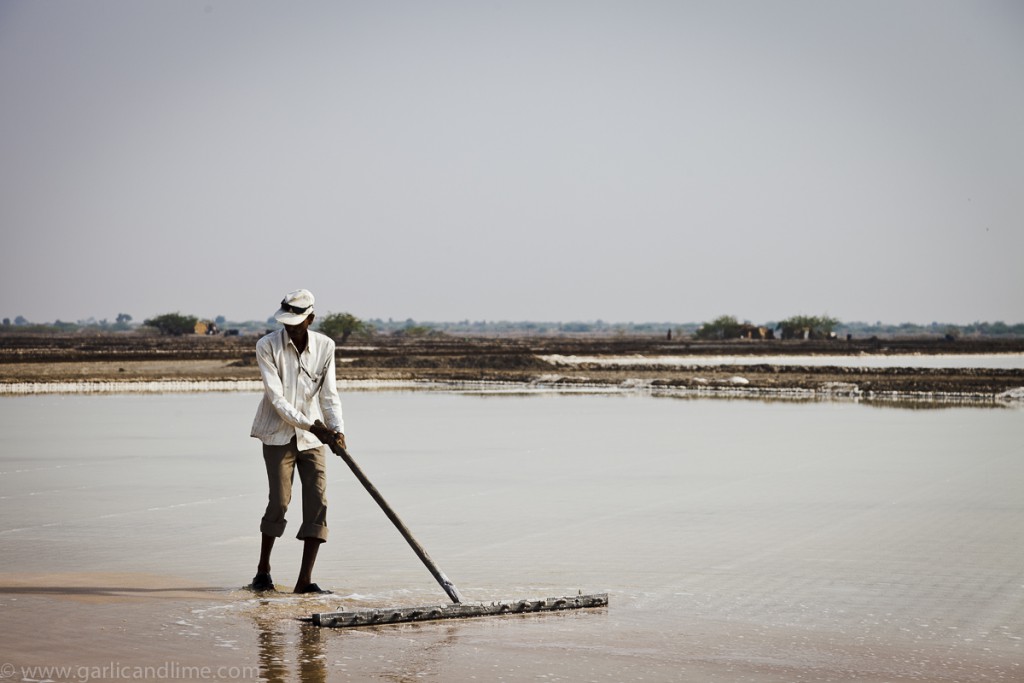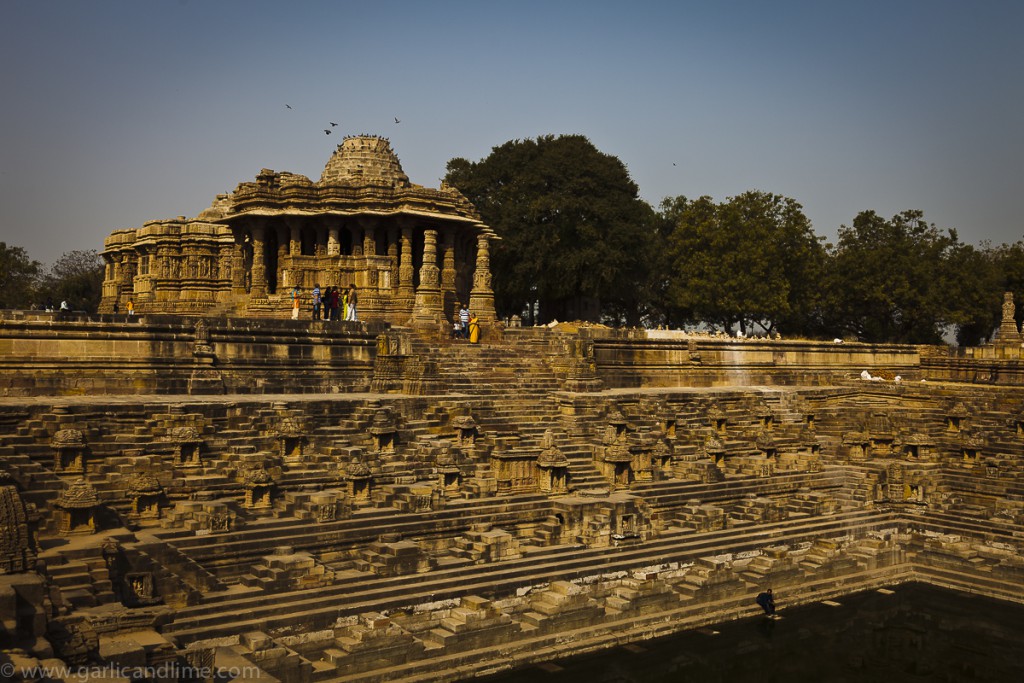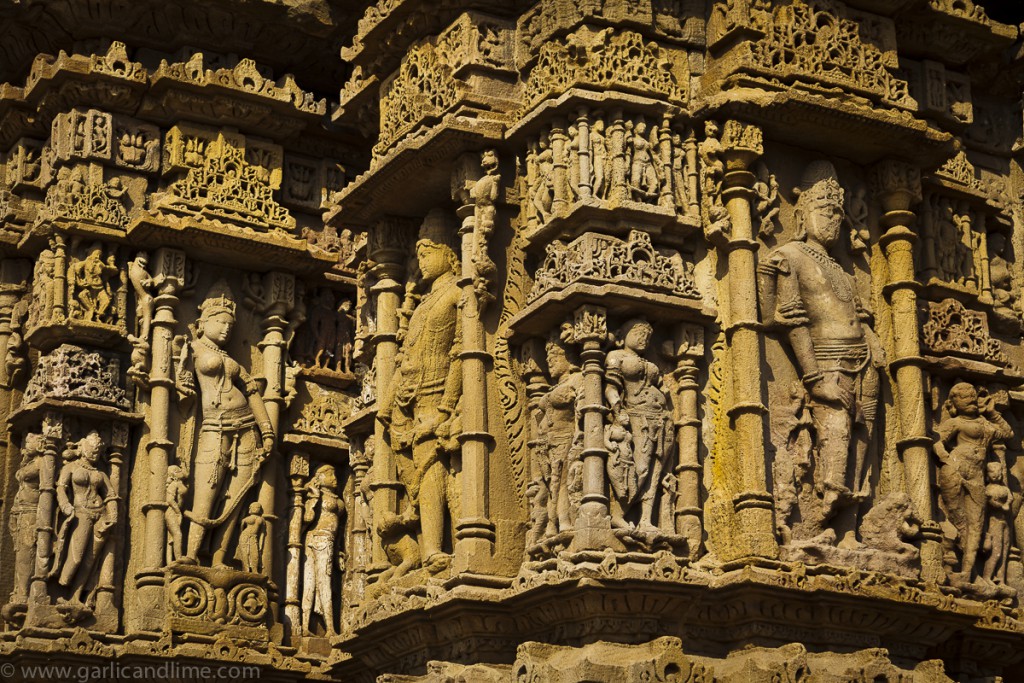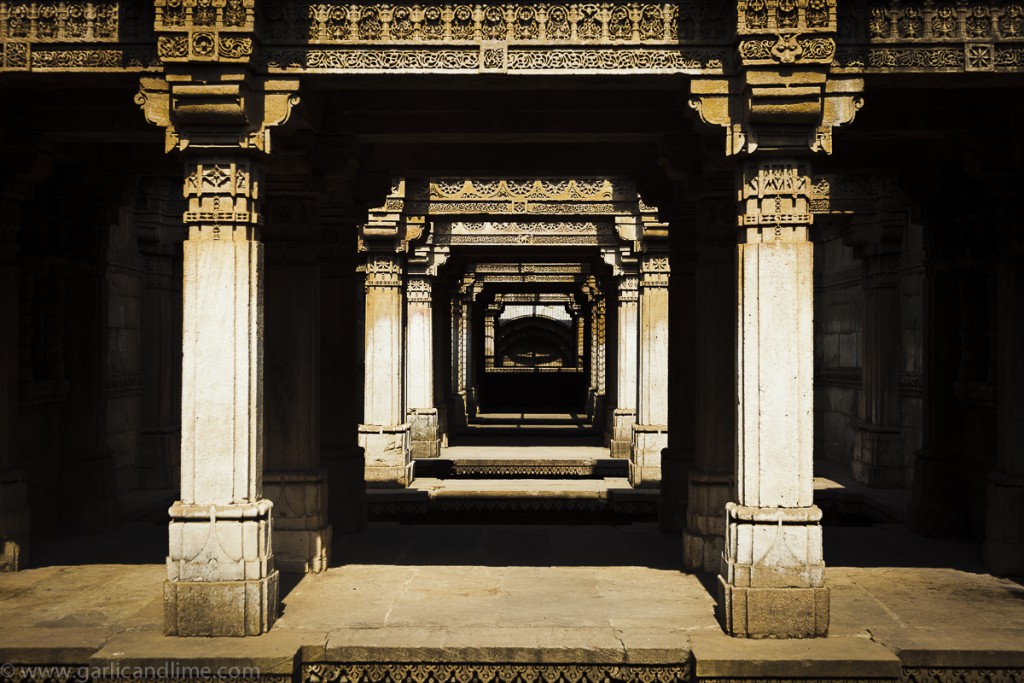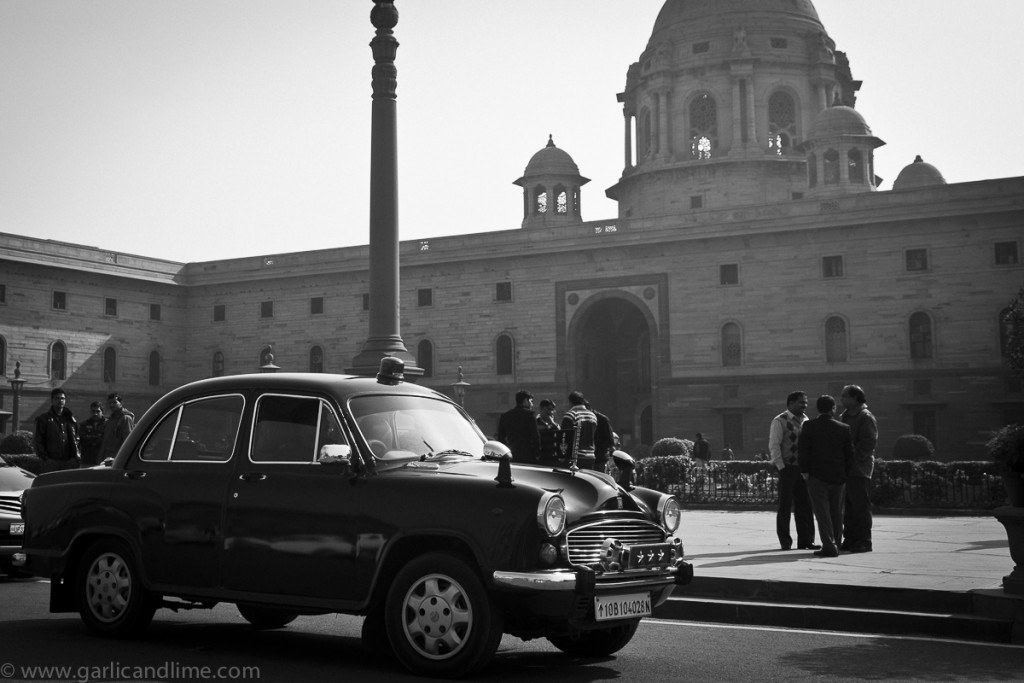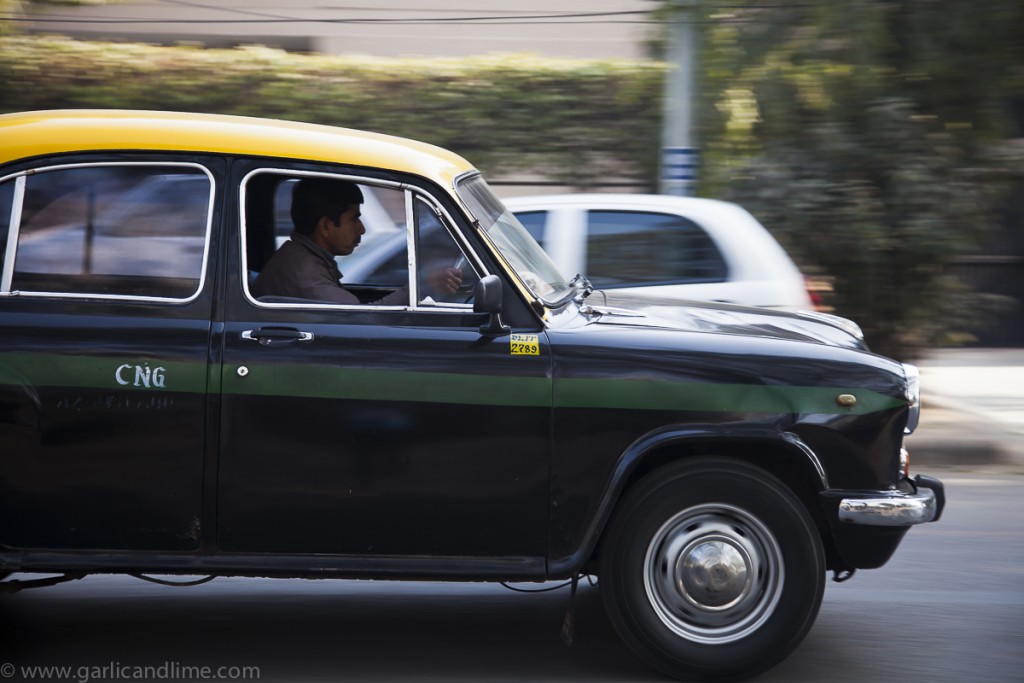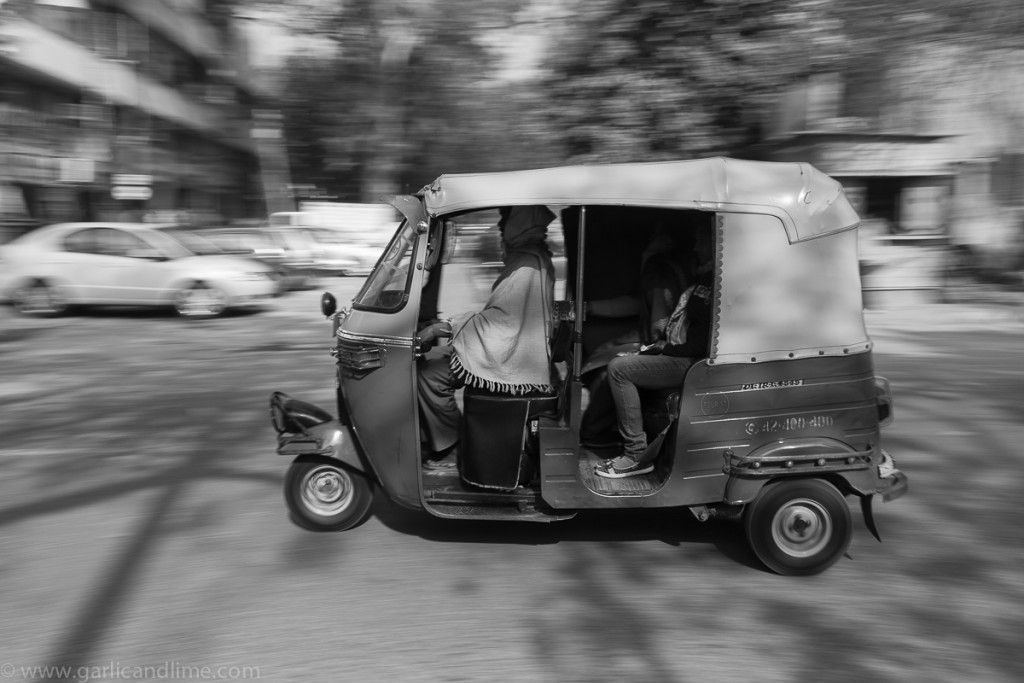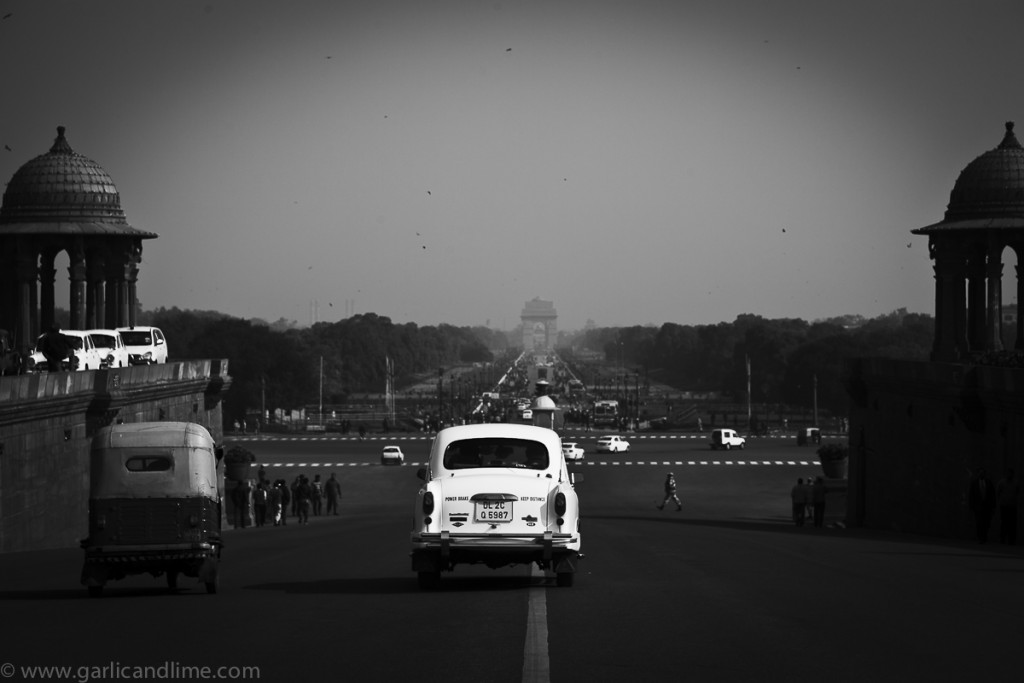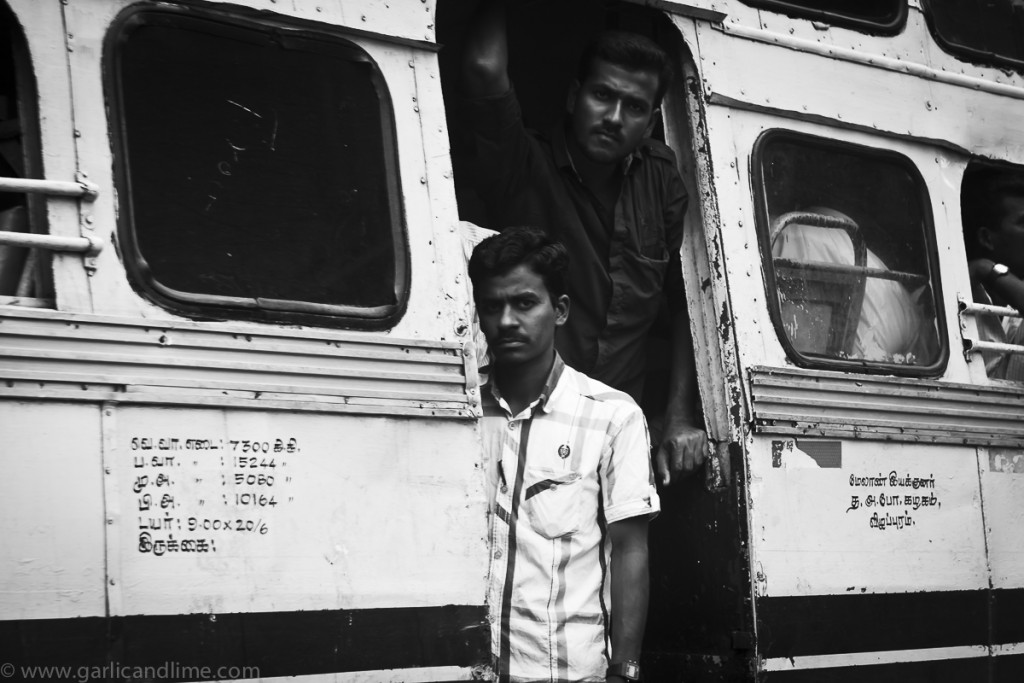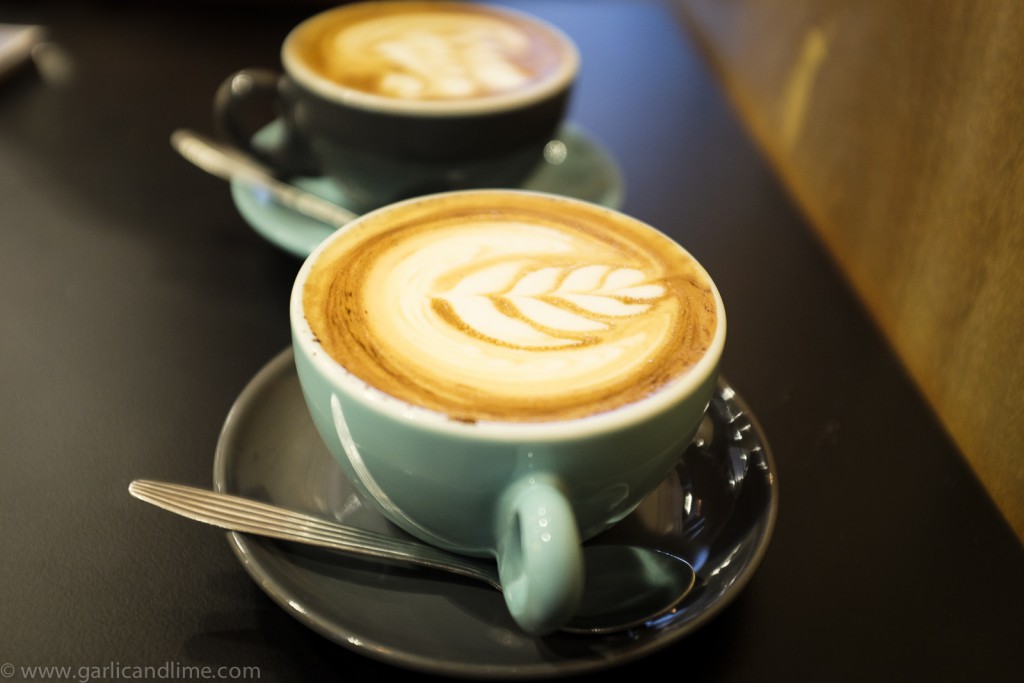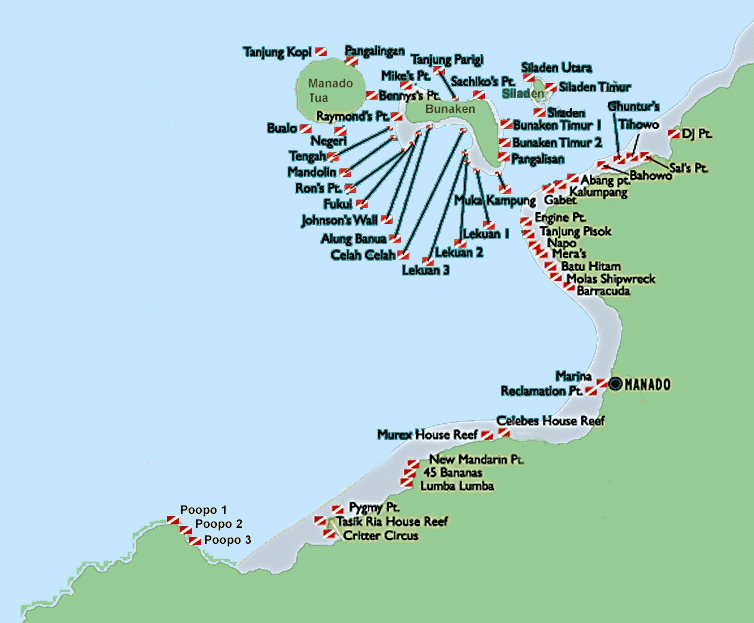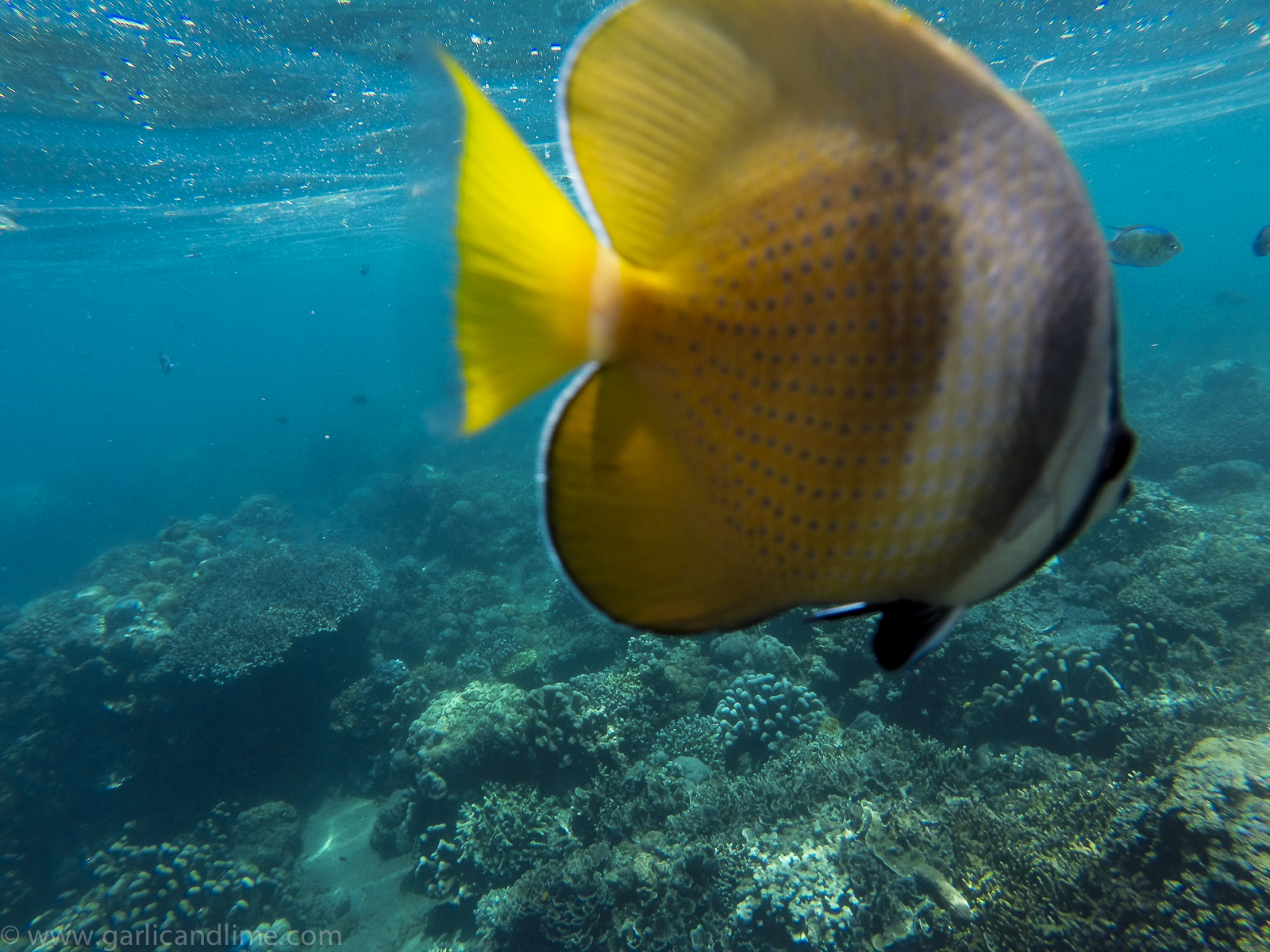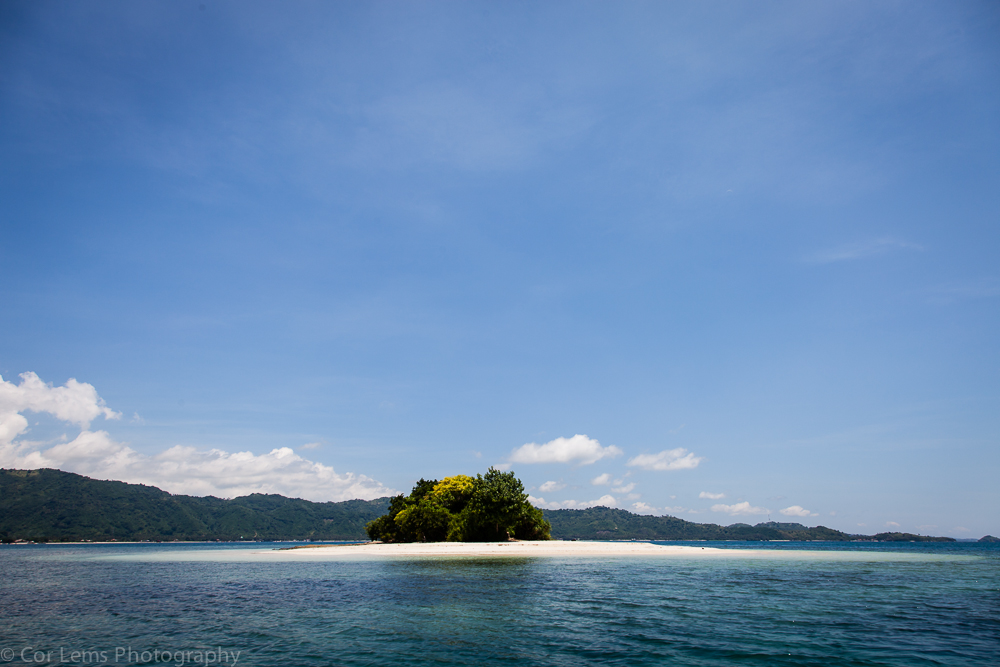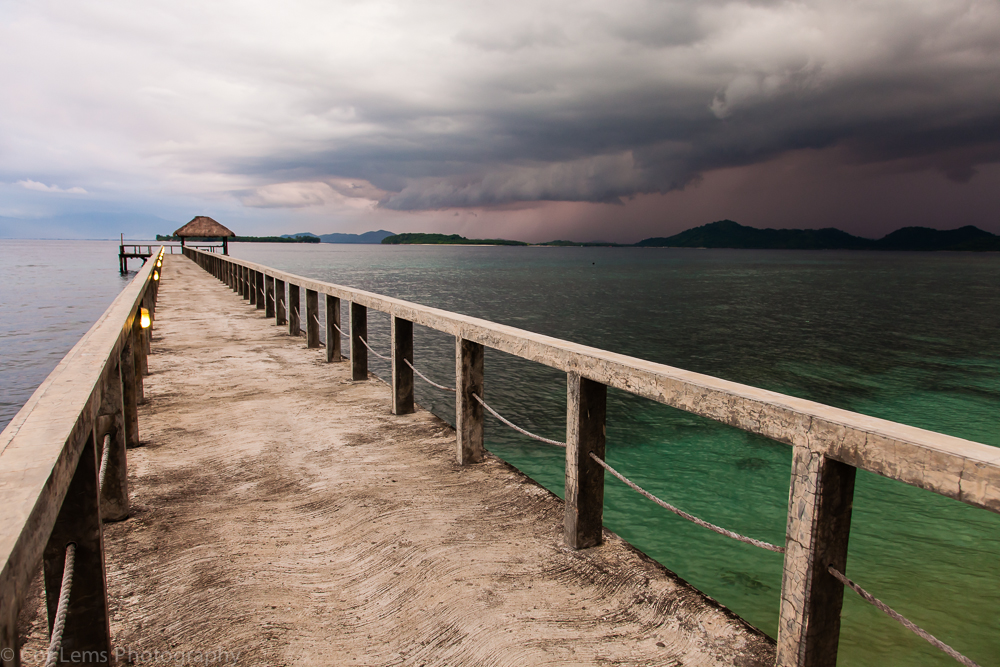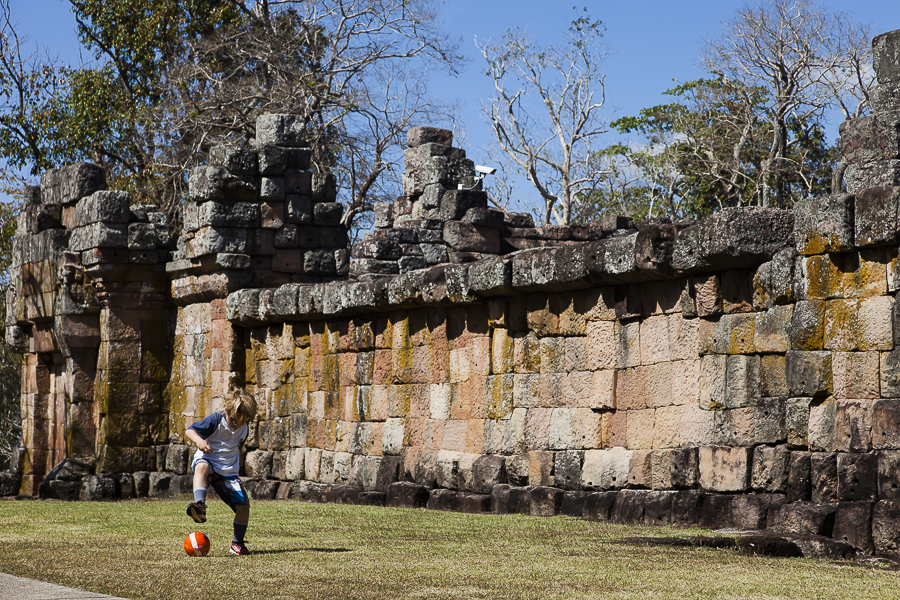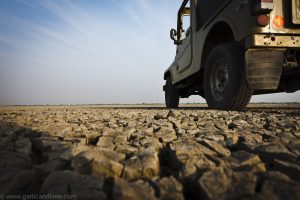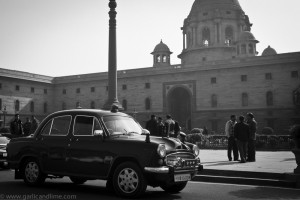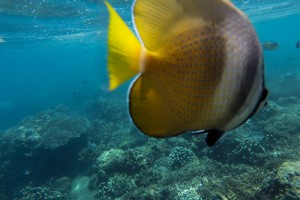Much less famous than it’s big brother (the Rann of Kutch) my colleagues and even a friendly Gujarati who offered me advice for the visit, assumed we were off to the big brother, despite my protests to the contrary that we were going to Little Rann.
Little Rann lies about 100km from Ahmedabad, through new housing developments, crop fields, and cows. We passed goods trains, trucks and camels as we wound our way through the countryside towards the desert.
Our accommodation was a bit of a surprise. Nestled in the fields down a small road, the dusty entrance wasn’t promising, but a few steps further mud bungalows curled around green lawns. A veritable oasis in the middle of nowhere. While they unfortunately didn’t feed us Gujarati food for dinner, the rooms and lawns at Rann Riders were certainly inviting.
Visiting the salt lakes
From Rann Riders we climbed into jeeps to drive from Dasada to the salt lake and Wild Ass sanctuary of Little Rann.
The driver stopped to point out migratory Cranes from Northern India and black winged ducks as we drove towards the flamingos on the drying up salt lake. Hundreds of them stood in the water, but as we tried to get a closer look the dried up mud gave way to slush and our feet got stuck. With a mud bath on our feet we headed off further in the jeep in search of the Wild Asses.
These beautiful white with black accented animals wandered in packs through the brush and sand looking for food. Wild antelope sheltered under a lone tree as the Asses ambled past.
Further along we came to the salt lakes where local men and women still till the salt by hand. Pulling rakes through the shallow water they spread out the salt to allow the sun to do the evaporation job, and collect up the salt into large sacks using minimal implements. Salt is one of the basic requirements for life, and its taxation and monopolization by the British led to the salt marches of Gandhi, one of the major resistances to British rule, which ultimately led to independence, starting right here in Gujarat.
We drove back through traditional villages. Outside mud huts women washed clothes and waved in our direction. Children carried stones on a metal plate on their heads towards men building water lines. A boy on a bicycle tottered to a stop to let us past, his load on the back was too big for the strength of his legs, and he wobbled across the road in our dust as we left. This Gujarat seems a long way from it’s fame as one of India’s best developed states.
Modhera Sun Temple
50km away the Modhera Sun Temple is virtually unknown outside this corner of India. Even a colleague who used to work in this part of Gujarat hadn’t heard of it, or the nearby Patan Temple.
Dating from 1000 AD it features a geometrically carved tank from which worshipers can purify themselves for the worship of the Hindu sun god Surya.

